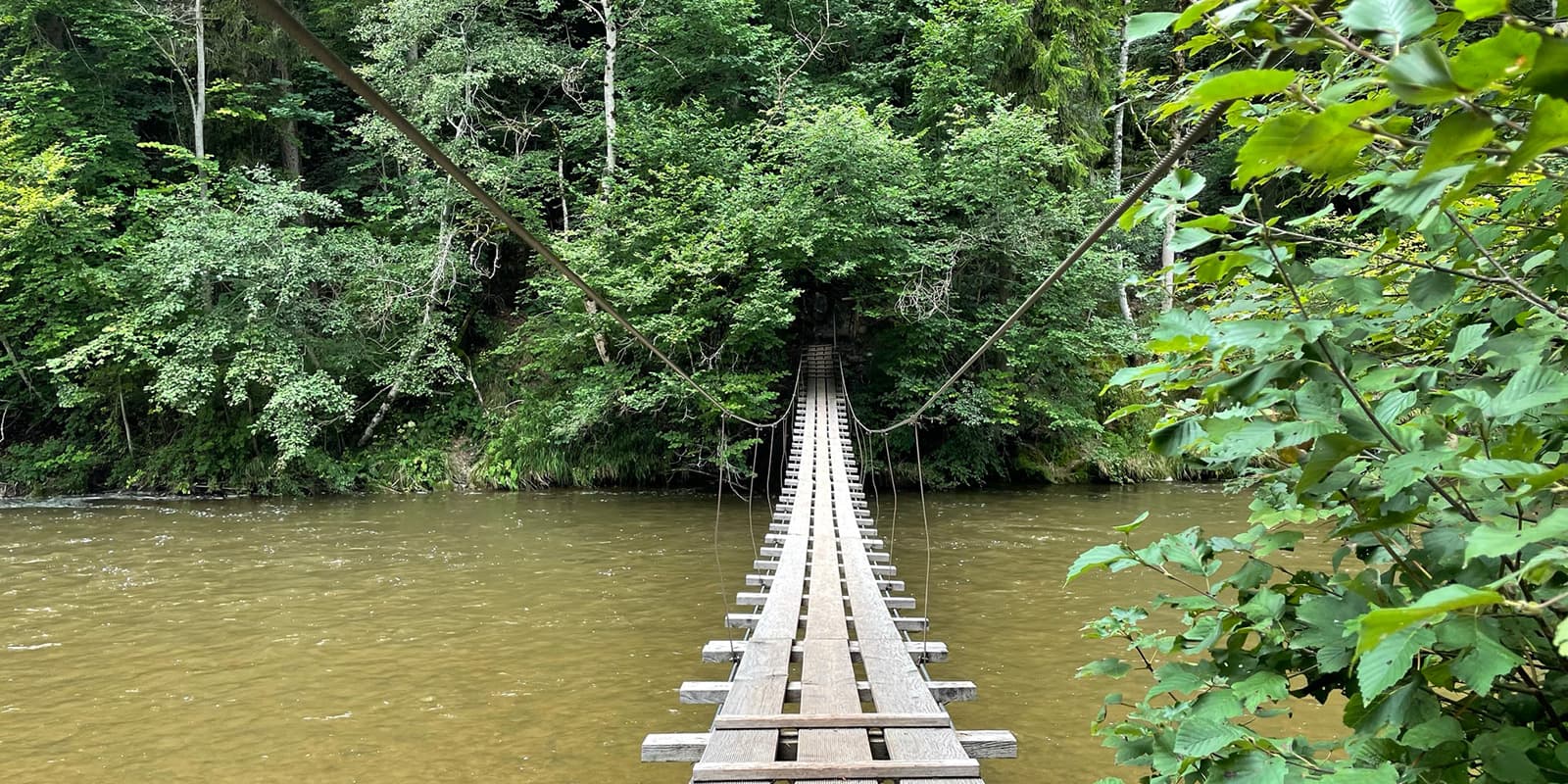When planning this hike please consider several key factors to guarantee a secure outdoor adventure. Before embarking on your hike, conduct thorough research on your chosen trail. This includes assessing factors such as trail difficulty, length, elevation gain, and terrain. Gather valuable insights not only from this website, but also from guidebooks, hikers who hiked this trail already, and local hiking tourism organizations.
Effective planning is paramount. Share your hiking plans with your family or friends, providing details like your anticipated start and end times, chosen trail route, and emergency contact information. This information serves as a critical safety measure in case of unforeseen circumstances.
Stay informed about the weather conditions in the area where you intend to hike. Avoid embarking on your journey during severe weather conditions, including thunderstorms, heavy rainfall, or extreme heat, as these can pose significant risks to your safety.
Staying properly hydrated and nourished is essential. Ensure you have an ample supply of water and energy-rich snacks to maintain your energy levels and prevent dehydration and exhaustion. Bring at least two liters of water with you.
Familiarize yourself with the trail map and carry navigation tools such as a compass or GPS device to stay oriented and avoid getting lost.
Invest in the right hiking gear, including comfortable, supportive footwear, proper hiking clothing, such as warm base layers and a hardshell rain jacket, hiking poles, a well-fitted backpack, and essential equipment like maps, GPS devices (when needed), and a first-aid kit. Check out our comprehensive gear list for long-distance trails like this.
Respect the principles of Leave No Trace by minimizing your impact on the environment. Stick to designated trails, pack out all trash, and show respect for wildlife and natural habitats.
















